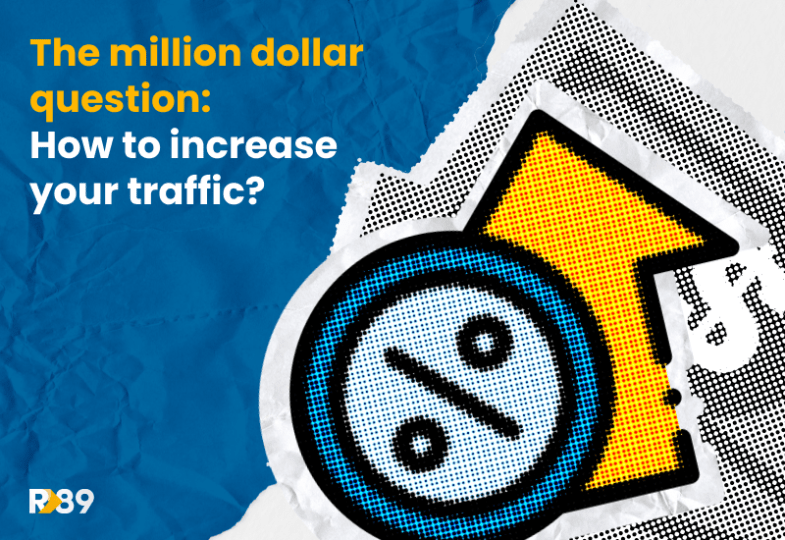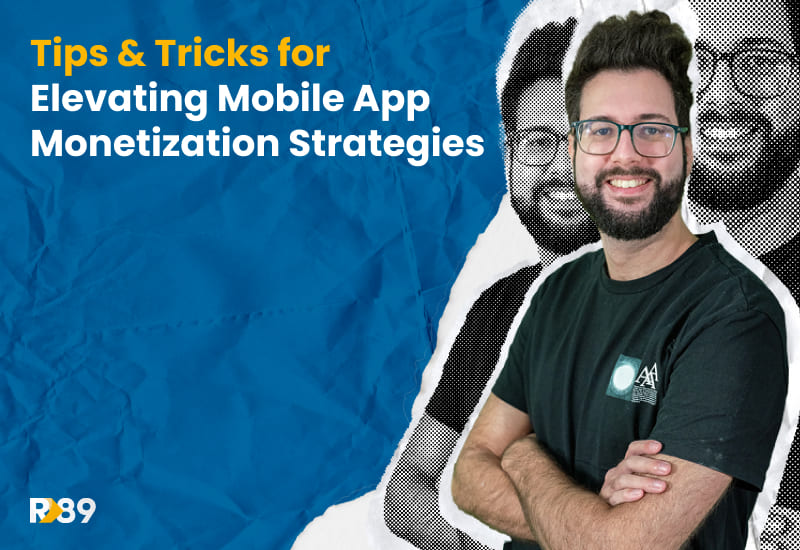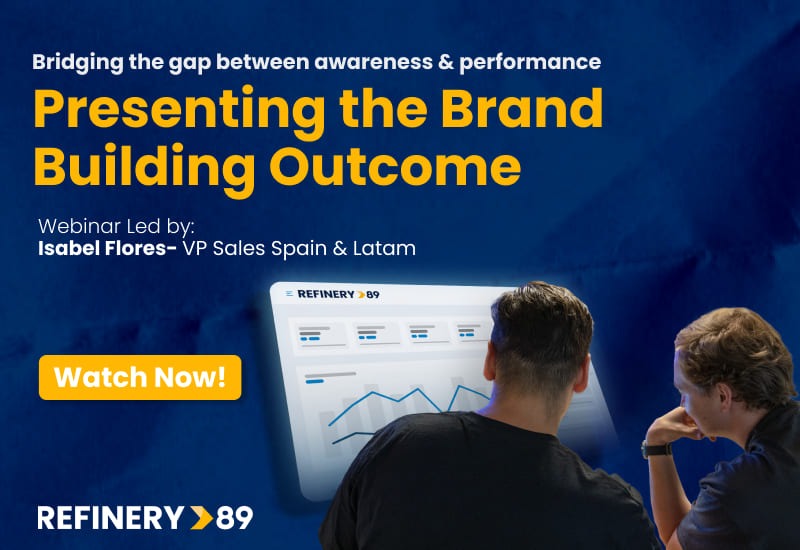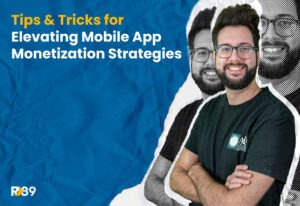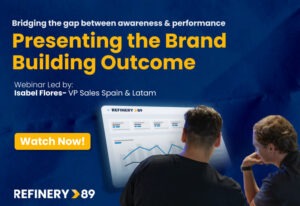Il n’existe pas de formule magique pour augmenter rapidement le trafic organique de votre site web. La réalité est que les algorithmes des moteurs de recherche, le comportement des utilisateurs et les outils évoluent constamment. La manière la plus sûre de rester à jour face à ces changements est d’avoir une stratégie SEO solide.
Le SEO n’est pas mort (malgré ce que votre fil LinkedIn vous crie). Vous pouvez toujours augmenter le trafic vers votre site en obtenant un meilleur classement dans les pages de résultats des moteurs de recherche (SERPs). De plus, de nouvelles tendances passionnantes comme le Generative Engine Optimization (GEO) et l’Answer Engine Optimization (AEO) prennent de l’ampleur… mais surprise : elles reposent toujours sur les règles fondamentales du SEO. Découvrez les différences entre SEO, AEO et GEO dans ce guide.
Continuez à faire défiler pour découvrir quelques bonnes pratiques SEO que tout le monde peut appliquer pour maintenir votre site bien classé dans les SERPs.
Pourquoi le SEO est-il important pour le trafic ?
Le référencement naturel (SEO) est une méthode organique qui aide à augmenter votre trafic organique en rendant votre contenu plus facilement trouvable par les moteurs de recherche et les utilisateurs. Être bien classé dans les SERPs met votre site en avant, lui offre une visibilité maximale et fait de votre site une destination de choix pour les clics et visites organiques.
Comment optimiser le SEO de votre site web pour augmenter votre trafic
Il existe plusieurs tactiques pour optimiser pleinement votre site. Dans cet article, nous allons détailler les étapes SEO les plus pertinentes pour aider vos pages à se classer en haut des SERPs.
Pour contextualiser, le SEO peut être classé en 3 domaines différents :
- On-Page SEO: Il s’agit d’un ensemble de techniques pour optimiser en SEO les pages de votre propre site web et votre contenu.
- Off-Page SEO: Il s’agit des stratégies que vous pouvez mettre en place en dehors de votre site web pour améliorer votre classement dans les SERPs.
- Technical SEOIl s’agit du processus d’améliorations techniques sur votre site web pour aider les moteurs de recherche à faire leur travail, comme le crawl, l’indexation et la découverte de votre site.
Chacune de ces 3 catégories joue un rôle dans la qualité du contenu de votre site et l’expérience utilisateur. Voici ce que vous pouvez faire pour maîtriser chacune d’elles et améliorer le SEO de votre site.
Améliorez votre SEO On-Page
Tout est dans les détails ! En tant qu’éditeur, vous créez déjà un excellent contenu, il est donc temps de l’optimiser pour les SERPs. Voici ce que vous pouvez améliorer :
Utilisez les bons mots-clés
Les mots-clés sont les termes de recherche que les utilisateurs saisissent lorsqu’ils recherchent quelque chose sur les moteurs de recherche. Sélectionnez des mots-clés ciblés pertinents pour votre audience et placez-les stratégiquement dans votre contenu.
Optimisez la balise de titre SEO
Le balise de titre est un élément HTML qui aide les moteurs de recherche à comprendre le contenu de votre site. C’est le titre cliquable que les utilisateurs verront dans les SERPs lorsqu’ils naviguent en ligne. Assurez-vous qu’il soit bref (environ 50-60 caractères), engageant et optimisé avec les mots-clés mentionnés ci-dessus.
Rédigez des méta-descriptions claires et engageantes
Les méta-descriptions sont comme un aperçu de votre contenu. Ce sont de courts extraits affichés sous le titre SEO dans la page de résultats des moteurs de recherche, qui résument le contenu de votre page web. Ces petits aperçus permettent aux utilisateurs et aux moteurs de recherche de mieux comprendre le focus principal de votre contenu et contribuent à un meilleur taux de clics.
Structurez votre contenu avec des titres appropriés
Les titres sont un autre élément HTML de votre site qui aide les moteurs de recherche et les utilisateurs à comprendre la structure de votre contenu.Appliquez la hiérarchie correcte des titres SEO, en commençant par un H1 principal par page, suivi de H2, H3, etc., pour organiser le contenu. Cette bonne pratique rend la navigation beaucoup plus fluide pour vos utilisateurs et facilite la découverte de votre contenu. N’oubliez pas d’y inclure également vos mots-clés !
Ajoutez des textes alternatifs aux images
Comme leur nom l’indique, alternative texts or alt texts les textes alternatifs, ou alt texts, sont des descriptions cachées que vous pouvez ajouter aux images. Cette fonctionnalité permet aux moteurs de recherche et aux utilisateurs malvoyants utilisant des lecteurs d’écran de savoir ce que contiennent les images de votre site. Google valorise l’accessibilité, donc (astuce de pro) ne négligez jamais les alt texts !
Affinez vos URLs avec des mots-clés
Voici une autre occasion d’appliquer ces mots-clés utiles pour que les utilisateurs vous trouvent plus facilement. L URL est l’adresse de votre page web. La dernière partie de cette adresse, juste après le slash, s’appelle le slug. Vous pouvez modifier ce slug pour décrire votre contenu. Il doit être court et inclure un mot-clé pertinent. Par exemple : refinery89.com/how-to-increase-organic-traffic/
Mettez en place une stratégie intelligente de liens internes
Développez une stratégie cohérente de liens internes pour rendre votre site très facile à naviguer. Assurez-vous que les liens entre vos pages ont vraiment du sens. Cela aide non seulement vos visiteurs à trouver ce qu’ils cherchent, mais aussi les moteurs de recherche à comprendre la structure de votre site. Points bonus pour l’expérience utilisateur et le classement !
Travaillez sur une stratégie de link building pour optimiser votre SEO Off-Page
Les liens entrants de haute qualité vers votre site agissent comme des recommandations aux yeux des moteurs de recherche. Ils sont appelés backlinks et fonctionnent comme des portes d’entrée vers votre site depuis un autre endroit. Une bonne quantité de backlinks provenant de sites réputés est précieuse, car elle contribue à renforcer autorité de domaine.
Vous pouvez obtenir des backlinks en continuant à créer du contenu de qualité que d’autres créateurs souhaitent référencer ou en contactant d’autres sites avec un bon score d’autorité de domaine pour collaborer. De plus, vous pouvez identifier les liens toxiques qui nuisent à votre site et les supprimer définitivement. Des outils comme SEMRush sont pratiques pour examiner tous vos backlinks et se débarrasser rapidement des indésirables.
Effectuez un audit pour vérifier votre SEO technique
C’est là que cela peut devenir un peu plus complexe, mais faisable ! Effectuer régulièrement des audits SEO techniques est essentiel. Ces audits permettent de détecter des problèmes tels que des liens cassés, une vitesse de page lente ou des erreurs de crawl. Des outils comme SEMrush ou Screaming Frog sont utiles pour repérer ces problèmes. Les corriger facilite l’indexation correcte de votre site par les moteurs de recherche. Voici quelques bonnes pratiques à garder à l’esprit :
- Soumettez votre sitemap à Google Search Console pour que Google puisse indexer votre site plus efficacement.
- Effectuez des contrôles réguliers de vos Core Web Vitals pour obtenir un diagnostic de l’expérience utilisateur de votre sitevous pouvez consulter notre guide complet sur les Core Web Vitals pour en savoir plus).
- Améliorez la vitesse de votre site en utilisant des outils comme PageSpeed Insights pour obtenir des suggestions sur ce qu’il faut corriger.
- Optimisez votre site pour le mobile afin que tout le monde puisse en profiter depuis n’importe quel appareil !
Prêt à commencer à générer plus de trafic organique ?
Optimiser votre site pour générer un trafic organique élevé ne se fait pas du jour au lendemain, mais votre site vous en remerciera sur le long terme. Avoir une base SEO solide sur votre site aide à réduire la vulnérabilité lors des changements. Il est très important de rester informé sur l’évolution des moteurs de recherche, des algorithmes et même des audiences afin d’optimiser votre stratégie en conséquence.
Un trafic de haute qualité est un ingrédient clé pour monétiser efficacement votre site web. Plus votre site reçoit de trafic organique, plus il sera attractif pour la diffusion de publicités. Si vous recherchez des solutions de monétisation publicitaire qui n’impactent pas votre SEO, consultez notre Single Tag !
